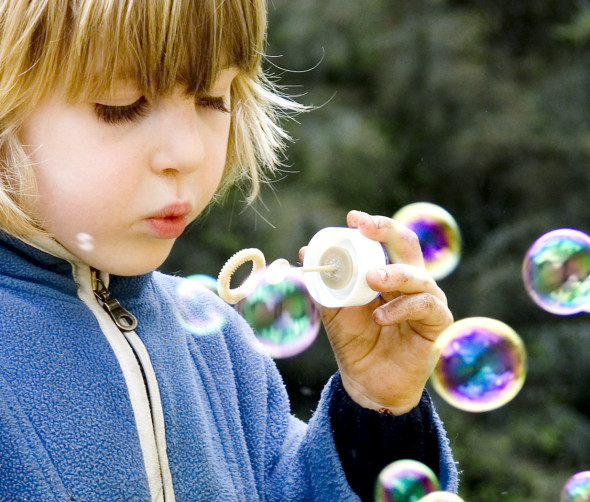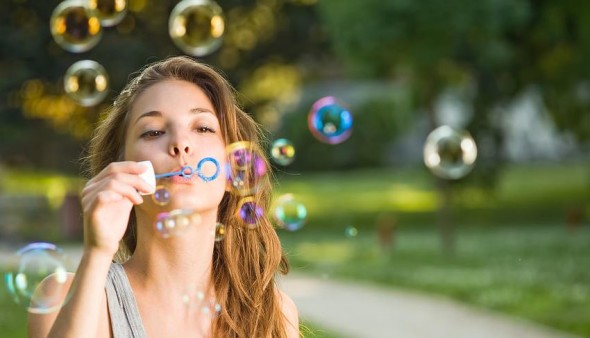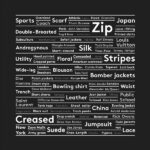Almost all adults of today have childhood experiences of blowing soap bubbles and popping them with friends and even pets. Back then, we thought that the secrets to the magic of producing bubbles are the ingredients we put into our mixture that makes thick soap film. Now, researchers in France have revealed that the speed of the blowing air is mainly a factor that will determine if your bubbles will form or burst.
The team of physics experts at University of Rennes 1 in France reported their findings in the Physical Review Letters published on February 19, 2016. They initially searched for a hundred-year worth of studies on the physics explaining soap bubbles but they couldn’t find any.
Conducting the Experiments

Experiments were conducted using a 1-meter, adjustable version of the common bubble wand that produces standardized amounts of soapy liquid. Jets of pressurized air were blown on the film to produce the bubble. The study revealed that slow gusts of air only pitted the soapy solution while quick jets effectively created bubbles.
Several tests were also made for different scenarios such as different distances between the air source and the film surface as well as various sizes of the air nozzle. In the end, it was found out that the required speed of the air jet to create bubbles is dependent on certain factors like the opening width of the bubble wand, the size of nozzle and its distance from the film, and the density of the type of air used.
Research Applications

It seems that we now have more reasons to enjoy blowing soap bubbles with our kids! Aside from the fun we’ll experience, this activity can also be educational.
On an industrial level, the research can further help manufacturers of bubble liquid and even foam, which is generally made from bubbles. According to the study’s coauthor Laurent Courbin, the research can also be a basis for further experiments such as using various types of liquids.
Other authors of the research were Louis Salkin, Alexandre Schmit and Pascal Panizza.




